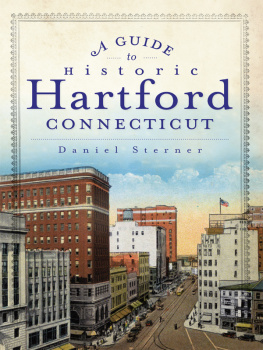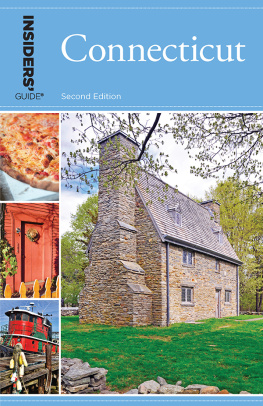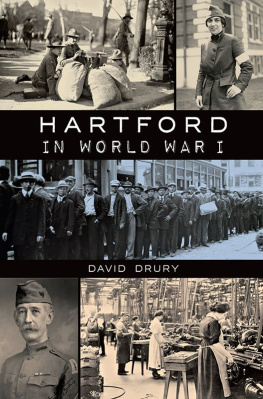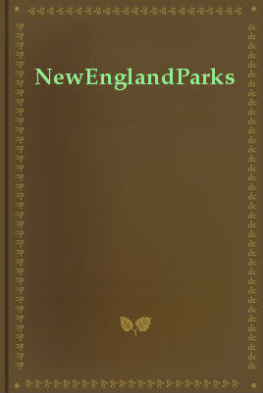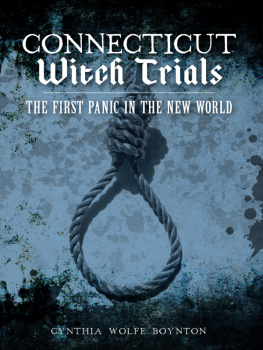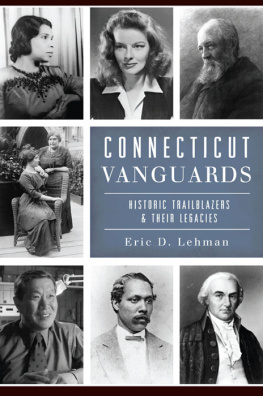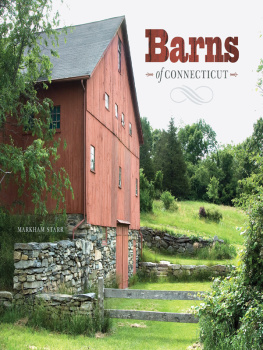
Published by The History Press
Charleston, SC 29403
www.historypress.net
Copyright 2012 by Daniel Sterner
All rights reserved
Cover image courtesy of Tomas Nenortas. Postcard is titled Main Street, Looking North.
All maps are by author.
First published 2012
e-book edition 2012
ISBN 978.1.61423.580.4
print ISBN 978.1.60949.635.7
Library of Congress CIP data applied for.
Notice: The information in this book is true and complete to the best of our knowledge. It is offered without guarantee on the part of the author or The History Press. The author and The History Press disclaim all liability in connection with the use of this book.
All rights reserved. No part of this book may be reproduced or transmitted in any form whatsoever without prior written permission from the publisher except in the case of brief quotations embodied in critical articles and reviews.
Contents
Preface
This book presents twelve historical tours of Hartford, the capital city of Connecticut. Each tour focuses on a different section of Hartford, with numbered sites of historical interest. The tours are each accompanied by a map (all of which are oriented with north at the top of the page). The maps are not to scale, but I hope that they will be helpful in navigating the busy city streets. It will be helpful if you also have a map of the entire city.
The tours vary in the distances they cover. Some are ideal for walking, while others traverse greater distances and are designed as driving tours. I hope you will enjoy discovering the many people, places and events that have shaped the city of Hartford and had an impact on the history of the country and the world.
In 163536, the Puritan congregation led by Reverend Thomas Hooker migrated from Newtown (now Cambridge), Massachusetts, to what would become Hartford, at the confluence of the Connecticut River and the Little (later Park) River. In 1636, the settlements of Hartford, Windsor and Wethersfield united to form the Colony of Connecticut. Inspired by Reverend Hookers famous sermon in which he declared that the foundation of authority is laid in the free consent of the people, the three towns, in 1696, ratified the Fundamental Orders of Connecticut, which some consider to be the earliest written constitution (and which later earned Connecticut the title of the Constitution State). The General Court, the new colonys first legislative body, began meeting in Hartford. Under the charter of 1662, Connecticut absorbed the Colony of New Haven, and in 1701, the legislature first began alternating sessions between Hartford and New Haven. The state continued to have two capital cities until 1875, when Hartford became the sole capital.
Early Hartford was an agrarian society established in an area of meadowlands made fertile by periodic flooding of the Connecticut River. Benefiting from the towns location at the head of navigation on the river, it also became a center of commerce. Settlement focused on Main Street and areas adjacent to the river. By the late eighteenth century, the population reached more than five thousand people. In 1784, the city of Hartford, now to be led by a mayor and city council, was incorporated. It originally included only 1,700 acres centered on downtown, existing within the separately administered town of Hartford. By 1896, the city had expanded to include the town within its boundaries.
In the nineteenth century, Hartford grew rapidly and became a prosperous center of banking and manufacturing, with Colt firearms being just one of its numerous industries. Hartford would achieve particular fame as the Insurance City and is still home to such companies as Aetna, Phoenix, Travelers and The Hartford. A center of publishing, Hartford attracted writers, the most famous being Mark Twain and Harriet Beecher Stowe. Waves of immigration transformed the predominantly English town of colonial times into a multiethnic city. Areas beyond downtown were increasingly developed, and by 1870, the population was almost thirty-eight thousand. Between 1890 and 1900, there was a 50 percent increase in population.
Since the mid-twentieth century, the city has faced many challenges. The population reached a height of more than 177,000 in 1950 but has declined since then. The departure of industry and urban decay made Hartford an early testing ground for renewal projects, whose benefits have been much debated. In recent years, an active arts scene and important projects such as Riverfront Recapture, the Connecticut Convention Center and the Connecticut Science Center have brought new visitors into the city. With major corporations, as well as notable educational and cultural institutions, Hartford continues to be an important business center and the seat of state government. With more than 375 years of history, Hartford has much to offer those who take the effort to explore this historically rich community.
The major source for the construction dates and the architects of Hartford buildings is the three-volume survey of Hartford architecture, published in 197880 by the Hartford Architecture Conservancy, as well as Structures and Styles: Guided Tours of Hartford Architecture, by Gregory E. Andrews and David F. Ransom, published in 1988. Both works are listed in the bibliography.
Many of the photos in this book were taken by the author. For use of the many historic images, I would like to thank Tomas Nenortas of the Hartford Preservation Alliance, Brenda Miller of the Hartford History Center of the Hartford Public Library and Beth Burgess of the Harriet Beecher Stowe Center.

TOUR 1
Downtown South
Downtown is where Hartfords earliest English colonial settlement was focused. With rapid development occurring in the nineteenth and early twentieth centuries, the area was in a state of continuous change. New buildings frequently replaced earlier ones. Because of this, little survives today from the colonial era. Modern urban renewal projects have also resulted in the destruction of numerous older buildings. While much has been lost, there are also many landmarks remaining that attest to the achievements of the citys most prosperous period in the nineteenth and early twentieth centuries.
This tour starts in the area around the Old State House, which was the center of early Hartford. It then continues south on Main Street, where some of the citys most historic sites are located, and returns north on Prospect Street, which was once a residential area.
1. The Old State House
800 Main Street
Hartford, like other New England settlements, was founded by Puritans from England. The land where the Old State House now stands was where the communitys first meetinghouse was built in 1636. Soon replaced by a larger building, the meetinghouse was both a house of worship and the seat of town government. Momentous events in Hartfords early history occurred here, including the ratification of the Fundamental Orders in 1639 and the stealing of the charter from Governor Andros in 1687. Hartfords commercial life was jump-started in 1643 when a weekly market began to be held on the southeast corner of Meetinghouse Yard. In 1647, Alse Young, the first person to be executed for witchcraft in the American colonies, was hanged on the future site of the Old State House.

The Old State House.
Next page
